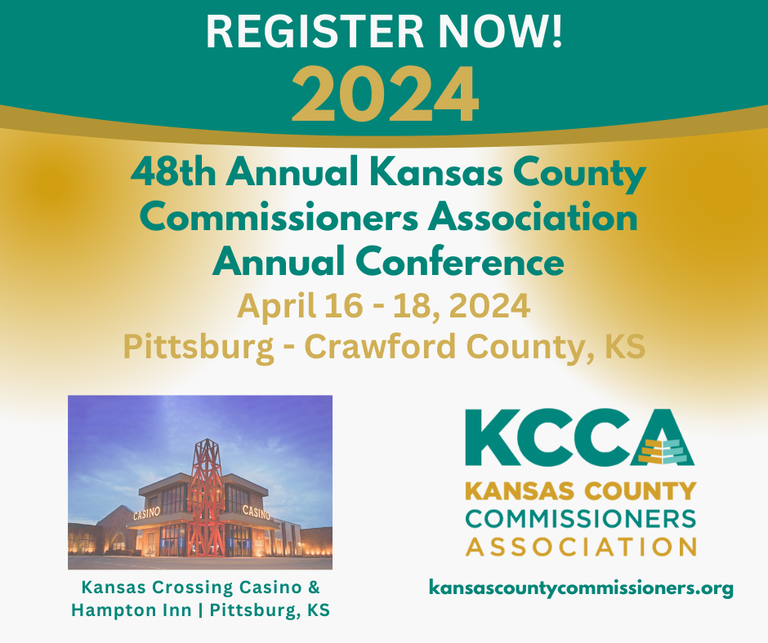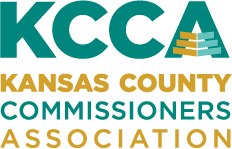

Statehouse News
March 2, 2024
April 5?
Whispered rumors in the Statehouse halls suggest the 2024 legislative may end Sine Die on April 5. Sine Die, which is Latin for without another day, would turn the traditional legislative calendar on its head.
Most years the legislature takes first adjournment in early April and return around the end of the month to begin the veto session. Sine Die then happens around the end of May.
There are several reasons to cut the session short. 1)The entire Senate and House are up for re-election and can’t take campaign contributions from registered lobbyists and others while they are still in session. 2)Legislative leadership is mad that Governor Kelly vetoed the mega tax bill including the flat income tax and is embarrassed they couldn’t override the veto even with a super majority. 3)Leaving early will avoid casting votes on a lot of bills which could cause issues in their re-election campaigns.
But if the Legislature doesn’t pass some meaningful tax cut legislation, Kelly has pledged to call them into Special Session.
There is hall talk that the major tax bill could be broken into pieces with the most popular parts such as eliminating state income tax on social security earnings could be voted on individually. The Governor and GOP agree on several of those pieces.
Work in the House Tax committee has come to a halt for the time being because Chair Adam Smith got kicked by a cow on his Northwest Kansas ranch and may have dislocated his knee. Or it could be a torn MCL. Either way, Tax committee won’t meet until he returns. There are plans to take up some property tax measures such as SCR 1611 which would cap assessment increases to 4% a year. Smith has also hinted he’s interested in a bill which would put assessments on a rolling average much the way agriculture land is taxed. That would smooth the sharp increases property owners have seen in recent years.
But an April 5 end date significantly cuts the timeline to deal with issues. It’s unchartered territory. We’ll see if leadership can really accomplish such an early ending to the session.
Legislative Update
SB 468: Eco Devo/RNR. SB 468 states any city or county that utilizes Industrial Revenue Bonds, Tax Increment Financing districts, and/or Tax Abatements would not be allowed to exceed the Revenue Neutral Rate. This bill is harmful and mean-spirited. These incentives are used by local governments to create economic development, by businesses to reduce costs of projects, and help citizens by bolstering job opportunities and clearing blighted areas. Many non-profit entities also utilize
these programs. The Revenue Neutral Rate process was created to provide more transparency and accountability as it relates to the property tax process and mil levies. Tying any economic incentive programs to the Revenue Neutral Process undermines its purpose and is a bad precedent. Senator Caryn Tyson seems determined to work the bill in her Senate Assessment and Tax committee.
HB 2806: County Right of Way. This bill is driven by broadband companies, specifically IdeaTek, to place limit the fees that counties can charge to telecommunications providers and video service providers operating in the county right-of-way. The bill had a hearing in the House Energy, Utilities and Telecommunications committee on Thursday. The committee did ask questions as to why the guidelines applied to cities and the ones proposed for counties are not the same. One major reason is cities charge franchise fees so permit fees are less of an issue. KAC submitted testimony on this bill and will monitor its progress. The 2024 KCCA Legislative program states: Public Property and Rights-of-Way: The KCCA supports the ability of counties to control and manage public rights-of-way and to impose use fees on entities given the privilege of using public property for their business or personal purposes.
SB 522: Unlawful Entry into Kansas. SB 522 would create the crime of unlawful entry into the state of Kansas and require that local authorities notify federal immigration personnel upon arrest for such an offense. The bill requires local governments to indemnify officials, employees or contractors for damages arising from a cause of action under federal law, based on the person’s enforcement of Sections 1 and 2 of the bill. This requires up to $100,000 forany one person and $300,000 for a single occurrence, or $10,000 for property damage. This would be extremely costly for counties. The other potentially expensive fallout is the cost of keeping undocumented people locked up in county jails until federal authorities pick them up. No hearing has been scheduled at this time.
SB 365: Election Deadlines. This bill would require all election ballots be turned in by 7pm on Election Day to be counted. It ends the 3 day grace period for mail ballots. The Senate will debate the bill on General Orders Monday morning. It will pass. The House Elections committee will then hold “informational” hearings on the bill Thursday. That signals leadership wants the bill and wants to fast track it to pass before the session ends.
SB 384: Ambulance Attendants. This bill will help rural communities and smaller cities with non-emergency transports. It passed the Senate this week 39-0, and now moves on to the House for consideration. The bill allows non-certified attendants to drive ambulances for inter-facility patient transfers with one attendant providing patient care. These staff should be trained to operate emergency vehicles, and we continue to support the use of certified attendants for emergency situations. Supporters are working to get a hearing scheduled in the House Local Government Committee.
SB 435: Period Products Exemption. SB 435 would provide a sales tax exemption for period
products, diapers, and incontinence products. It will have a lot of support. KAC, KCCA and LKM want to ensure the exemption only applies to State sales tax and not City and County sales taxes. The bill as written would cancel those local sales taxes. The State forcing such an exemption on local governments will be costly and creates problems legislators are probably not thinking about. For example some local governments have pledged local seals revenues to create TIF, CID and STAR Bond districts. Taking away the tax could cause local governments to breach contracts with bondholders. The bill has a hearing on Thursday, March 7 in the Senate Assessment and Taxation Committee.
KPERS: HB 2659 transfers teachers from KPERS 3 to KPERS 2. This measure doesn’t affect County government employees, but it could be amended to include City and County employees. The League of Kansas Municipalities will push to include City employees. KAC and KCCA will make sure County workers are also included if that happens. KPERS 3 is not as successful of a program in attracting and retaining employees as KPERS 2.
Civil Asset Forfeiture: SB 458 and HB 2606 deal with changes to civil asset forfeiture laws. Both bills had hearings in the House Judiciary and Senate Judiciary committees. Law enforcement has serious concerns with SB 458 but is okay with HB 2606. Both chambers are likely to pass the legislation, then work on differences in the bills in Conference Committee. Strong chances one of the bills will pass and become law. There have been too many horror stories about civil asset forfeiture for lawmakers to ignore.

